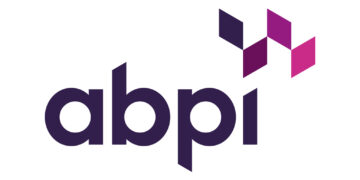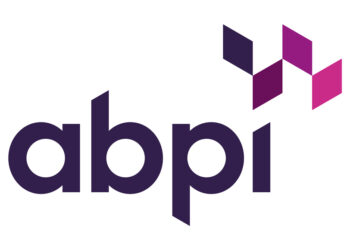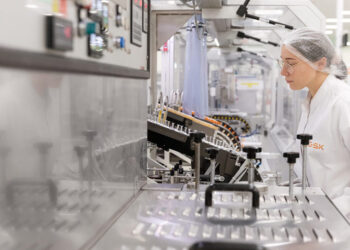Given the intricacy of lab operations, manual management in terms of laboratory quality can indeed be very challenging. A cloud-based lab quality management system can help automate workflows, offer visibility as well as traceability, help with risk management, change control, ensure compliance, and also help with CAPA management.
The point is that it helps employees, managers, and quality leaders with data along with tools that go on to help in proactive risk identification, tracking effectiveness as far as processes are concerned, risk mitigation strategies, enhancing resource efficiency, and thereby making sure of quality outcomes. All this goes on to help in lowering the cost pertaining to lab ops, enhancing customer satisfaction, and also improving the reputation of the brand.
By way of executing a cloud-based quality management system that is built on Salesforce, labs can indeed go on to enhance operational efficiency, manage risks in a far better way, and at the same time, decrease the potential for errors. There are certain prominent elements that can enable this to happen.
They are-
Auditing as well as inspections-
It is worth noting that periodic inspections as well as audits can indeed help in identifying potential risks by way of timely interventions in case there are any deviations or if there is a non-compliance that’s detected within the operations gamut. This is indeed very significant in terms of demonstrating compliance with regulatory bodies across the industries that happen to be highly regulated. Reporting of findings, automating schedules, and also follow-up actions go on to become much simpler due to the quality management solution.
Supplier-
Interestingly, the quality as far as the raw materials are concerned also goes on to play an important role in the final product’s outcome. Storage, along with the transportation of raw materials also plays a significant role in making sure that the purity and integrity of the material are at their highest standards. Hence, choosing the right suppliers and, at the same time, conducting supplier audits periodically becomes all the more important to ensure quality.
Training-
Due to the sensitive nature of the inputs that are used in the lab, safe handling so as to safeguard spillage as well as contamination happens to be very important. The fact is that the lab personnel should be given periodic training so as to consistently upgrade their respective skill sets and also align them with the evolving regulatory needs. The organization must, at the same time, make sure that only trained personnel go on to handle these biologic and chemical materials. A training management system makes sure that all the staff go on to get training that is relevant periodically in order to become competent.
Documentation-
This happens to be a crucial element of compliance needs as it goes on to demonstrate the syncing of the operations, taking into account the internal as well as external standards. Policies as well as procedures also happen to be quite significant docs that have to clearly delineate the QMS of organizations, as well as its processes and procedures, and thereby be shared with all the employees to help them understand their respective roles and responsibilities. It is worth noting that a centralized system goes on to help all the stakeholders with an authority so as to access such docs and make sure of adhering to compliance.
Equipment calibration as well as maintenance-
Lab equipment happens to play a major role when it comes to offering precise readings that help in the development of products that go on to deliver on the promise. Hence, keeping them calibrated as well as having a regular maintenance schedule happens to be equally pivotal. It is well to be noted that a planned downtime also makes sure to minimize disruptions because of failures, thereby causing production schedules to get delayed. A calibration solution that’s automated can go on to help with preventive maintenance, which can also enhance quality as far as outcomes are concerned.
Tracking-
The fact is that a QMS is only as good as it is effective. So as to measure its effectiveness, identifying the KPIs and, at the same time, having quantifiable measures is indeed crucial. These KPIs have to be monitored, and the right action has to be taken in case of any errors or deviations. It is well to be noted that an integrated quality management system helps with the tracking and measuring of the KPIs so as to experience a consistent enhancement.
Management of risk-
All the regulatory bodies go on to recommend an approach to quality management that is risk-based and creates a culture of quality. It is worth noting that a cloud-based solution helps the labs to go ahead and identify the risks and also rank them on the basis of severity as well as frequency, and even address the risks that are high-ranked by way of proper mitigation strategies so as to eradicate or even diminish the impact.
The management review-
The data can go on to be converted into valuable insights in terms of strategy planning as well as execution, consistent improvements as far as processes are concerned, and also QMS as well as informed decision making. A cloud-based solution goes on to offer a view that’s unified of the lab ops so as to make sure of compliance as well as efficiency. The fact remains that any non-compliance has to be addressed in a rapid way. There has to be a root cause analysis that has to be performed in order to gauge the actual cause of any challenges, and if necessary, CAPA should be initiated so as to take preventive and corrective action.



















